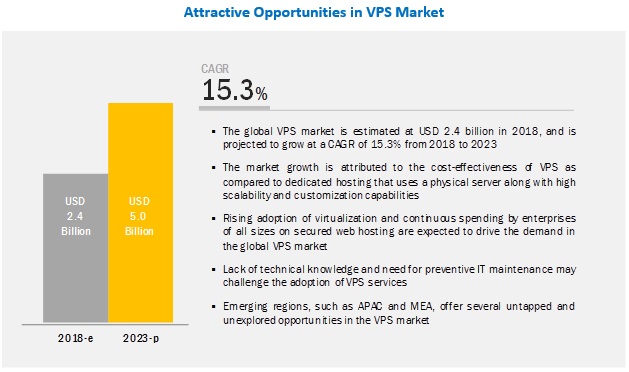

GD is a bioRxiv Affiliate, part of a volunteer group of scientists that screen preprints deposited on the bioRxiv server. The funders had no role in study design, data collection and analysis, decision to publish, or preparation of the manuscript.Ĭompeting interests: I have read the journal’s policy and the authors of this manuscript have the following competing interests: JP is the executive director of ASAPbio, a non-profit organization promoting the productive use of preprints in the life sciences.

LB acknowledges funding from a Medical Research Council Skills Development Fellowship award, grant number MR/T027355/1.
Hosting rising kingdoms server code#
This is an open access article distributed under the terms of the Creative Commons Attribution License, which permits unrestricted use, distribution, and reproduction in any medium, provided the original author and source are credited.ĭata Availability: All data and code used in this study are available on GitHub ( ) and Zenodo (DOI: 10.5281/zenodo.4501924).įunding: NF acknowledges funding from the German Federal Ministry for Education and Research, grant numbers 01PU17005B (OASE) and 01PU17011D (QuaMedFo). Received: OctoAccepted: MaPublished: April 2, 2021Ĭopyright: © 2021 Fraser et al. PLoS Biol 19(4):Īcademic Editor: Ulrich Dirnagl, Charite Universitatsmedizin Berlin, GERMANY (2021) The evolving role of preprints in the dissemination of COVID-19 research and their impact on the science communication landscape. Our results highlight the unprecedented role of preprints and preprint servers in the dissemination of COVID-19 science and the impact of the pandemic on the scientific communication landscape.Ĭitation: Fraser N, Brierley L, Dey G, Polka JK, Pálfy M, Nanni F, et al. We also find evidence for changes in preprinting and publishing behaviour: COVID-19 preprints are shorter and reviewed faster. Our data provide evidence for increased scientific and public engagement with preprints related to COVID-19 (COVID-19 preprints are accessed more, cited more, and shared more on various online platforms than non-COVID-19 preprints), as well as changes in the use of preprints by journalists and policymakers. We focused our analysis on bioRxiv and medRxiv, 2 growing preprint servers for biomedical research, investigating the attributes of COVID-19 preprints, their access and usage rates, as well as characteristics of their propagation on online platforms. The scientific community has responded rapidly to the COVID-19 pandemic, releasing over 125,000 COVID-19–related scientific articles within 10 months of the first confirmed case, of which more than 30,000 were hosted by preprint servers. Although the most recent respiratory viral pandemic swept the globe only a decade ago, the way science operates and responds to current events has experienced a cultural shift in the interim. The virus underlying the Coronavirus Disease 2019 (COVID-19), Severe Acute Respiratory Syndrome Coronavirus 2 (SARS-CoV-2), has caused over 98 million confirmed cases and 2.2 million deaths since January 2020. The world continues to face a life-threatening viral pandemic.


 0 kommentar(er)
0 kommentar(er)
